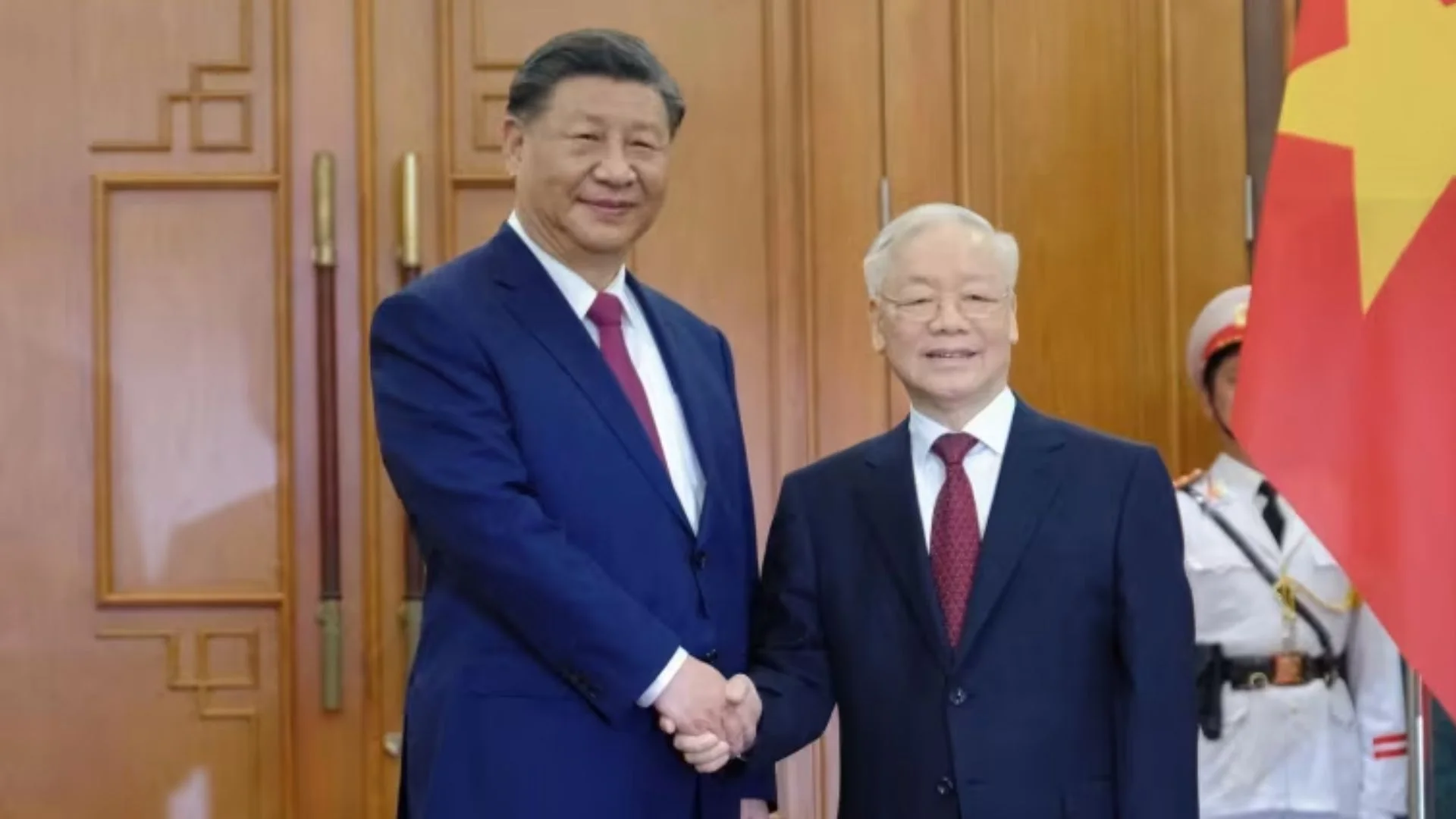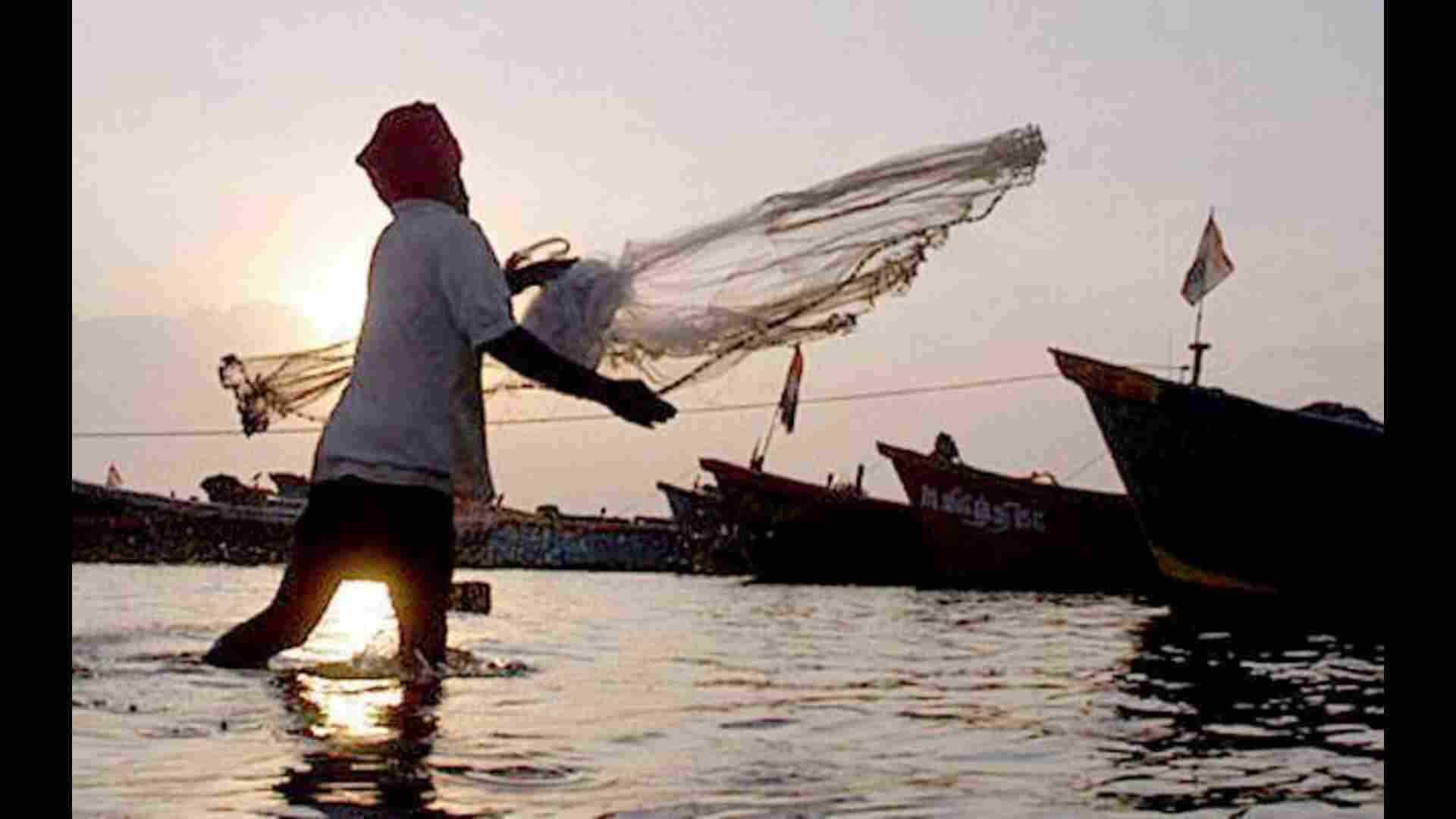On Sunday, Vietnam President To Lam, arrived in China for a three-day visit, as reported by Chinese state media. During his stay, Lam is scheduled to meet with Chinese President Xi Jinping and Premier Li Qiang, according to Beijing’s foreign ministry.
Lam, who was recently elevated to Vietnam’s top position as the General Secretary of the ruling Communist Party, touched down in Guangzhou, where state broadcaster CCTV noted that he will visit significant sites related to former President Ho Chi Minh’s revolutionary activities in the area.
China and Vietnam have maintained diplomatic relations since 1950, and in 2008, the two nations established a comprehensive strategic partnership of cooperation. This partnership was further strengthened in 2013 to address shared international and regional concerns.
Lam’s visit underscores the close ties between the two communist neighbors, who maintain robust economic and trade relations despite occasional disputes over territorial boundaries in the resource-rich South China Sea. China has portrayed Lam’s visit as a continuation of Xi’s December trip to Vietnam, highlighting it as “a good start” to building a “China-Vietnam community of shared future with strategic significance.”
This state visit marks Lam’s first since taking office, reflecting the importance he places on developing ties between the two nations. Last December, China and Vietnam signed more than a dozen agreements, including those aimed at enhancing railway cooperation and establishing communication channels to manage unexpected incidents in the South China Sea. However, the specifics of these agreements were not disclosed to the public.







